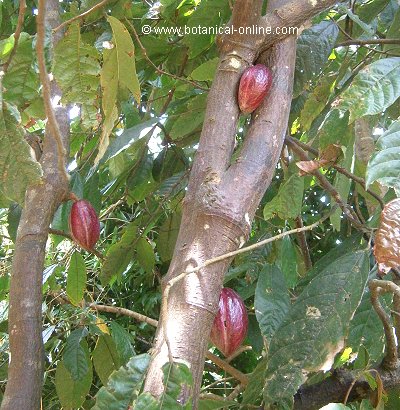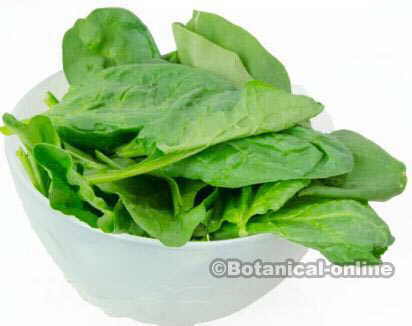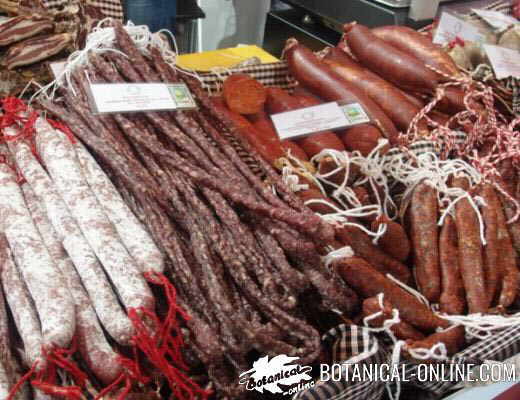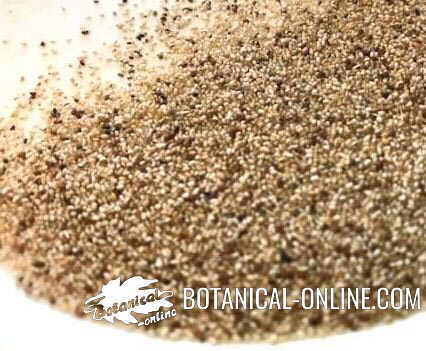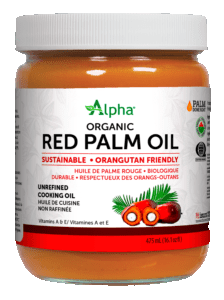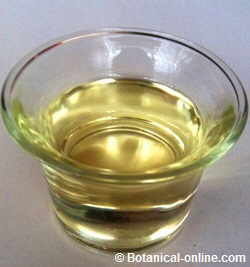Contents
- 1 FOOD HIGH IN SALT
- 1.1 Composition of salt. How much sodium does salt have?
- 1.2 How much salt should you eat?
- 1.3 What foods have a lot of salt?
- 1.4 Sodium potassium balance of food
- 1.5 What foods are high in sodium (salt)?
- 1.6 What problems does eating too much salt cause?
- 1.7 Main foods with a lot of salt
- 1.8 Example label foods with a lot of salt
- 1.9 Example label foods with little salt
- 1.10 List foods with a lot of salt
- 1.11 How much salt is recommended to eat?
- 1.12 How much is a lot of salt?
- 1.13 Too much salt damages the kidneys
FOOD HIGH IN SALT
How to distinguish a food that is very rich in salt? How much is a lot of salt? On food labels, those that contain more than 1 gram of salt per 100 g are considered to have a lot of salt. If you read the labels of the products, it is possible to verify that all cookies, breakfast cereals, snacks, sausages, chips, canned goods, pizzas, pastries and precooked products exceed this amount of salt.
Composition of salt. How much sodium does salt have?
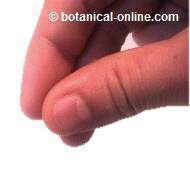
Table salt contains about 50% sodium and 50% chlorine. Taking into account that the daily sodium needs are 2,500 mg, 5 grams of salt (one teaspoon) contains 100% of the recommended daily amount of sodium.
How much salt should you eat?
One teaspoon of salt (5g) contains 100% of the daily sodium needs, therefore this amount should not be exceeded.
What foods have a lot of salt?
Although it may seem strange, salt is not abundant in unprocessed foods, such as vegetables, fruit, nuts, legumes, but also meat and fish are poor in salt.
That is, naturally, all foods are low in salt, and instead are very rich in potassium. The diet should maintain this mineral balance.
Sodium potassium balance of food
Our diet should maintain this natural balance and be richer in potassium than salt (e.g taking more aromatic herbs than salt).
The study of the physiology of the body and numerous experiments show that our body is designed to ingest a lot of potassium and little salt. Because the human body has lived for millennia with little salt, the body tends to retain it.
What foods are high in sodium (salt)?
- Only kitchen salt itself, which is used for cooking, and foods to which salt has been added, have a lot of salt.
- All natural, unprocessed foods contain very little salt.
What problems does eating too much salt cause?
Adding salt “to everything” makes you retain more fluids, worsen hypertension, and increase potassium requirements.
Main foods with a lot of salt
Knowing which foods contain a lot of salt is very interesting for those who have to follow a low sodium diet that is very suitable for certain diseases such as hypertension, fluid retention, obesity, kidney disease, osteoporosis, etc.
Examples of high-salt and low-salt labels are shown below to help the reader learn how to figure out these facts on their own from reading the labels. Remember that a food is considered to have a lot of salt when it has more than 1 gram of salt per 100g. of product and that only such amounts of salt are found in processed products (because salt is added to them):
Example label foods with a lot of salt
Examples of labels with a lot of salt. If when reading the label it contains more than 1 gram of salt per 100g, it means that it has a lot of salt. Examples of foods with a lot of salt: ham, sausages, snacks, chips…
Example label foods with little salt
Examples of labels with little salt, which are usually those that are not processed (raw materials), such as flour, oats, yogurts, milk, sugar… If when reading the label it contains less than 0.5 grams of salt per 100g, usually means that this product has no added salt.
List foods with a lot of salt
Knowing what foods contain much salt is very interesting for those people who have to follow a low sodium diet, adapted for certain diseases like hypertension, the renal retention of liquids, obesity, osteoporosis, etc.
| RICH SODIUM FOOD LIST | ||
| Foods | Amount | Content in salt |
| Foods for snacking | ||
| Chips | 100 g | 656 mgs |
| Pop corn | 100gr | 365 mgs |
| Salty hazelnuts | 100 g | 780 mgs |
| Salty pistachios | 100 g | 780 mgs |
| Salty almonds | 100 g | 780 mgs |
| Salty peanuts | 100 g | 400 mgs |
| Sunflower seeds | 100 g | 603 mgs |
| Cakes | 100 g | 600 mgs |
| Canned food | ||
| Sardines | 100 g | 280 mgs |
| Tuna | 100 g | 310 mgs |
| Canned tomato | 100 g | 420 mgs |
| Asparagus drained without rinsing | 100 g | 240 mgs |
| Chicken soup | 100 g | 386 mgs |
| Maize | 100 g | 335 mgs |
| Seasonings | ||
| Table salt | 1 spoonful of tea | 2300 mgs |
| Salt of garlic | 1 spoonful of tea | 2060 mgs |
| Sauce of soybean | 1 spoonful of tea | 1032 mgs |
| Bicarbonate of soybean | 1 spoonful of tea | 1260 mgs |
| Smoked, cured or processed meats | ||
| Sausage | 100 g | 1235 mgs |
| Sausages of turkey | 100 g | 878 mgs |
| Smoky salmon | 100 g | 784 mgs |
| Hamburger | 100 g | 561 mgs |
| Milk and derivatives | ||
| Cheddar cheese | 100 g | 620 mgs |
| Mozzarella | 100 g | 373 mgs |
| Hard goat cheese | 100 g | 346 mgs |
| Butter | 100 g | 286 mgs |
| Vegetal fatmargarine 40% | 100 g | 959 mgs |
| Cereals | ||
| Kellogg Special K | 100 g | 935 mgs |
| Corn flakes | 100 g | 900 mgs |
| All-bran | 100 g | 112 mgs |
How much salt is recommended to eat?
If one day more salt is taken, it must be compensated with more potassium, as this mineral is necessary to eliminate salt.
Potassium is very beneficial for the kidneys and is found in abundance in aromatic herbs, avocado, spinach and nuts (without salt and without frying).
How much is a lot of salt?
Taking into account that the daily needs for salt are 2,500mg (the equivalent of 5 grams of salt), foods that contain more than 1 gram of salt per 100g are considered to have a lot of salt.
Some brands express the amount of salt in sodium to decrease the number and make it appear that they contain less salt. If 1 gram of salt equals 0.5g of sodium, avoid foods with more than 0.5 grams of sodium per 100g.
In the supermarket, you should check the labels and avoid buying those products that contain such an amount of salt, since it is not recommended in any healthy diet.
Too much salt damages the kidneys
Excess salt must be eliminated by the kidneys. Studies show that in addition to being detrimental to hypertension, too much salt also increases the renal elimination of calcium, increasing the risk of kidney stones. In the long term, diets with a lot of salt damage bone health.
![]() More information on salt in foods
More information on salt in foods

